Ad

Rise and Fall of Blackberryac
Follow Us:
3,815 views
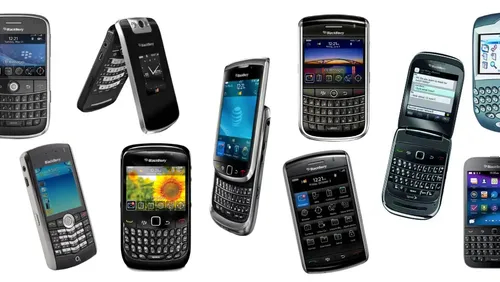
Blackberry's rise to prominence began in the early 2000s when the company's devices first gained popularity among business professionals. Blackberry's devices were known for their physical QWERTY keyboard, which made typing emails and messages much easier than on traditional mobile phones. The devices were also equipped with advanced email and messaging capabilities, which made them popular among people who needed to stay connected while on the go.
Another key factor in Blackberry's rise was its focus on security. The devices used a proprietary operating system called BlackBerry OS, which was known for its encryption and remote wiping capabilities. This made Blackberry devices especially popular among business and government users who needed to keep their data secure.
As Blackberry's popularity grew, the company expanded into new markets and began to develop more consumer-friendly devices. In 2008, Blackberry released the Blackberry Storm, its first touchscreen smartphone. The device was not as successful as Blackberry had hoped, but it marked a shift in the company's focus toward consumer markets.
The Fall of Blackberry
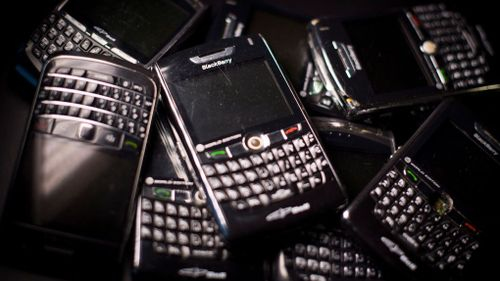
Blackberry's decline began in the late 2000s as competitors such as Apple's iPhone and smartphones running on Google's Android operating system began to gain popularity. These devices offered more advanced features and a better user experience than Blackberry's devices, which were seen as outdated and clunky by comparison.
One of the main reasons for Blackberry's decline was its failure to adapt to changing consumer preferences. Blackberry's devices were known for their physical keyboards, but as touchscreen devices became more popular, Blackberry was slow to respond. The company's first touchscreen device, the Blackberry Storm, was poorly received by consumers, and subsequent devices were unable to compete with the user experience offered by iPhones and Android devices.
Another factor in Blackberry's decline was its focus on enterprise and government customers. While Blackberry had long been known for its security features, this focus on security came at the expense of innovation and consumer appeal. Blackberry's devices were seen as functional but boring, and the company was unable to keep up with the rapid pace of innovation in the mobile phone industry.
Finally, Blackberry's decline was hastened by a number of missteps and strategic mistakes. In 2011, the company launched the Blackberry Playbook, a tablet device that was supposed to compete with the iPad. However, the device was poorly received by consumers and was quickly discontinued. In 2013, Blackberry launched the Blackberry 10 operating system, which was meant to revive the company's fortunes. However, the operating system was also poorly received, and Blackberry was forced to write off nearly $1 billion in unsold devices.
Conclusion
The rise and fall of Blackberry smartphones is a cautionary tale of what can happen when a company fails to adapt to changing market dynamics. Blackberry was once a dominant player in the mobile phone and now the company is hanging from a thread.
Latest News



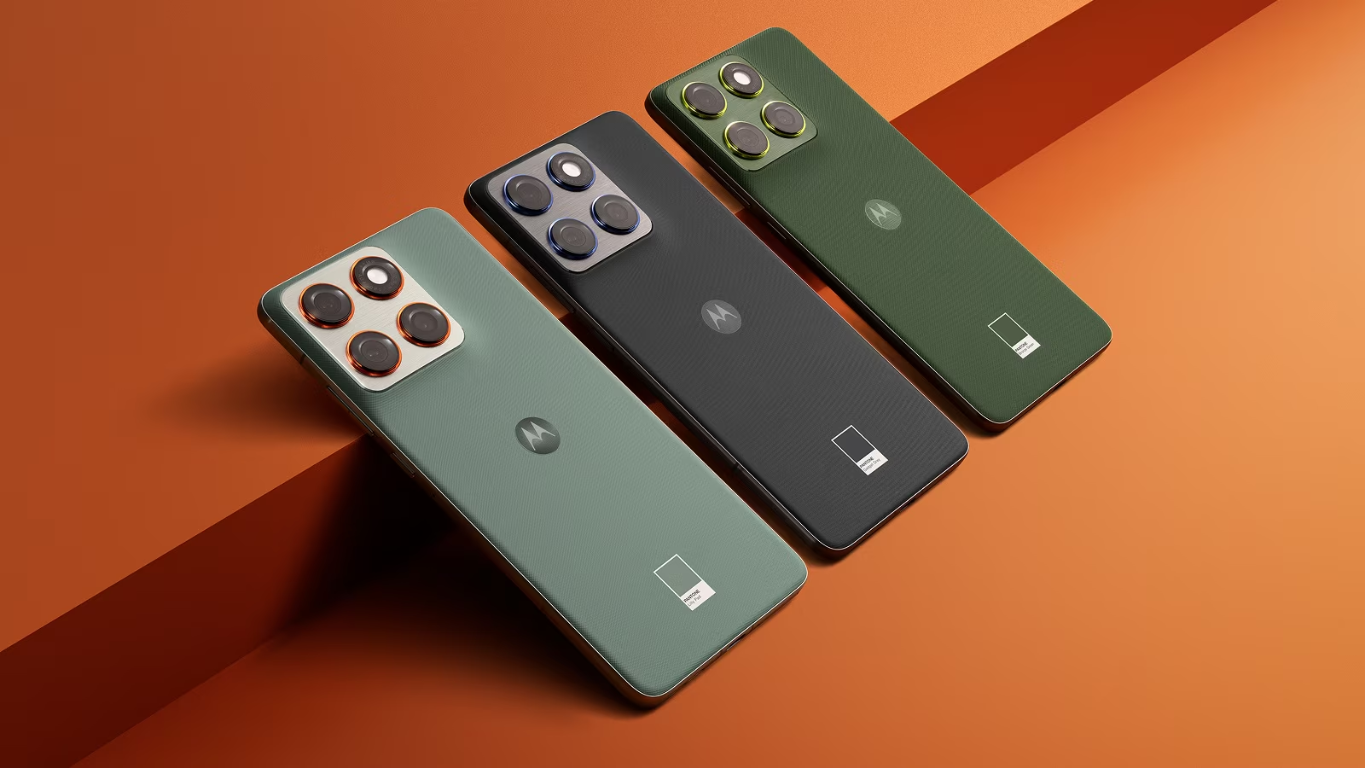
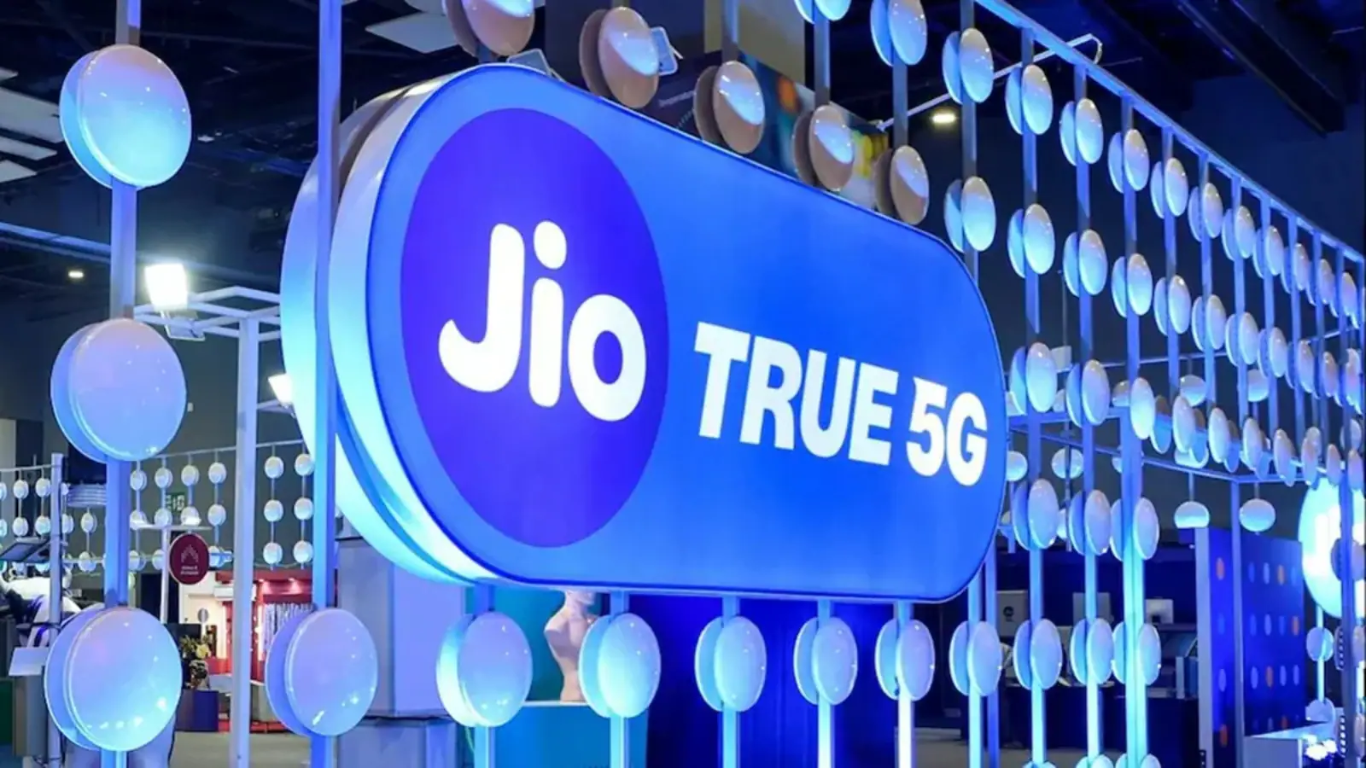
Reviews & Guides
View All
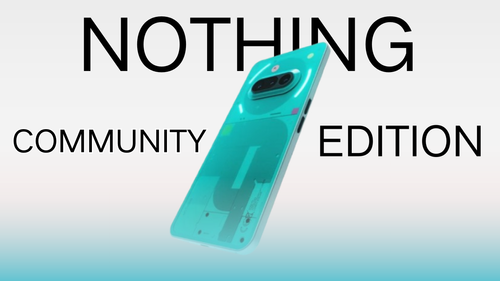
Nothing Phone 3a Community Edition First Impressions: A Fresh Take on Budget Smartphones

Realme P4x 5G Review: Budget-Friendly Beast with Epic Battery Life

Sony BRAVIA 7 Mini LED K-65XR70 vs. Haier Mini LED H65M95EUX

Samsung QN90F (65QN90FAU) Review: The King of Bright-Room Viewing

Why doesn’t Apple reveal the iPhone battery in advertisements?

Top 10 camera lenses you should Own in 2025

Donald Trump Watch Collection: Timeless Luxury on the Wrist

Best Smartphones Under 30,000 in 2025







